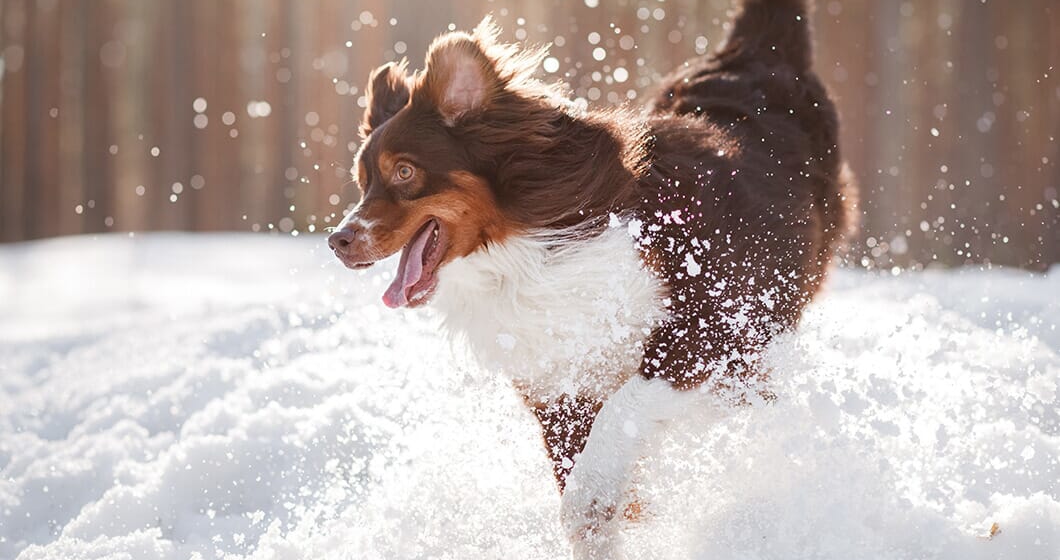Dogs are creatures of habit – their internal clock tells them when it’s time to go out, they favor certain toys and treats over others, and they even have preferred places to hunker down and do their “business.”
But what happens when your pooch wakes up in the morning and steps outside to find his or her yard covered in a blanket of snow? For many dogs, they can’t quite seem to find the right place to “go.”
If your dog is having trouble figuring out how to relieve themself in your snow-covered backyard, here are some tips:
Shovel a poop path
Shoveling a path out into the yard, as well as a little cul de sac at the end for moving about, can restore just enough normality in your dog’s world to get them going again. While you’re at it, try to shovel far enough down to expose some grass too. If his or her favorite “spot” isn’t far from the door, consider going the extra few feet – it can make all the difference.
If you prefer to leave the shoveling and poop-scooping to someone else, pet waste removal services such as DoodyCalls are happy to help, all for about the same price as a large pizza.
Get him running to get things running
Just like every other animal, dogs sometimes need to get their bodies moving to keep things moving, especially their bowels. Take your dog out with you while shoveling their poop path and throw a ball or toy around for them. Lots of dogs are overcome with excitement in the snow and quickly enter hyper-frisky mode, so getting them running should be easy.
Try feeding your pooch a little pumpkin
Plain canned pumpkin is a natural, commonly used laxative for dogs that softens their stool and encourages bowel movement. It doesn’t take much to see results, generally half of one teaspoon for a small dog and a full tablespoon for larger ones. Dogs love the taste of pumpkin and it can start to work in as little as a two or three hours.
Once your dog finally warms up to the idea of doing their business in the snow, it’s important to make sure you scoop it up. As easy as it may seem to just cover it with snow and move along, the fact remains: Snow won’t melt your dog’s poop away.
Unbeknownst to many, dog waste is more than just a gross and unsightly mess – it’s an environmental pollutant and a human health hazard. That’s because dog poop carries disease-causing bacteria and parasites that can be transmitted directly to humans and make them sick. Ringworm, roundworm, salmonella, giardia and E. coli are examples of such frequent inhabitants, all of which are commonly found in dog feces and are easily transferable upon contact. Roundworm, for example, is one of the most common parasites found in dog waste and it can remain infectious in contaminated soil and water for years.
Making matters worse, many of these waste-borne pathogens can survive in water, which means that as the snow mounds begin to melt away, bacteria and parasites living in the poop can spread, covering your yard and eventually making their way into local rivers, streams, creeks and other waterways.
The best way to keep yards, decks and sidewalks clean and safe after a heavy snow and a visit from a squatting pup is to scoop the poop into a bag and toss it out with the garbage.
Read some more tips about winter dog clean up by reading our recently updated blog post “Cold Weather Poop Scooping Advice from the Experts.”


